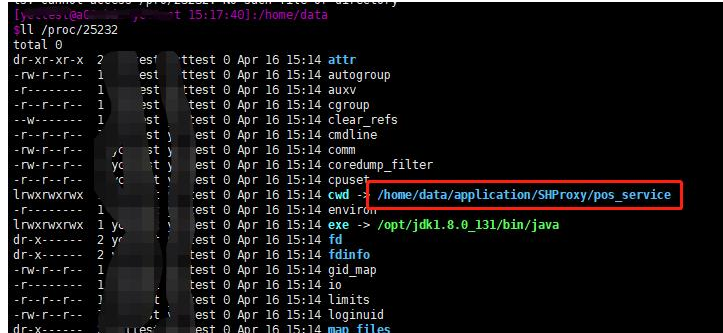如何在linux中轻松安装node?
1.先下载 node 当然下载的是符合linux 系统的 我当时下载的是 node-v16.18.0-linux-x64.tar.xz
2. 把 node-v16.18.0-linux-x64.tar.xz 放到linux 服务器上 我当时是用ftq 放到了 /usr/local文件夹下新建了一个 node 文件
3.解压 node-v16.18.0-linux-x64.tar.xz 必须在linux 服务器上解压。在window 中解压再放上去使用npm 会报错 解压代码 tar -xJvf node-v16.18.0-linux-x64.tar.xz
4.配置 全局路劲PATH 在 /etc/profile 文件进行如下设置 注释:(主要看pathmunge 函数的使用不会的可以百度查一下linux 函数使用)把node文件里面bin 路劲添加到全局路径
1 2 3 4 5 6 7 8 9 10 11 12 13 14 15 16 17 18 19 20 21 22 23 24 25 26 27 28 29 30 31 32 33 34 35 36 37 38 39 40 41 42 43 44 45 46 47 48 49 50 51 52 53 54 55 56 57 58 59 60 61 62 63 64 65 66 67 68 69 70 71 72 73 74 75 76 77 78 79 80 81 82 | pathmunge /usr/local/linuxNode/node-v16.18.0-linux-x64/bin after# /etc/profile # System wide environment and startup programs, for login setup# Functions and aliases go in /etc/bashrc # It's NOT a good idea to change this file unless you know what you# are doing. It's much better to create a custom.sh shell script in# /etc/profile.d/ to make custom changes to your environment, as this# will prevent the need for merging in future updates.#pathmunge 是Linux 函数 pathmunge () { case ":${PATH}:" in *:"$1":*) ;; *) if [ "$2" = "after" ] ; then PATH=$PATH:$1 else PATH=$1:$PATH fi esac} if [ -x /usr/bin/id ]; then if [ -z "$EUID" ]; then # ksh workaround EUID=`/usr/bin/id -u` UID=`/usr/bin/id -ru` fi USER="`/usr/bin/id -un`" LOGNAME=$USER MAIL="/var/spool/mail/$USER"fi # Path manipulation #$EUID 是全局变量 判断用户是否具有权限if [ "$EUID" = "0" ]; then pathmunge /usr/sbin pathmunge /usr/local/sbinelse pathmunge /usr/local/sbin after pathmunge /usr/sbin afterfi HOSTNAME=`/usr/bin/hostname 2>/dev/null`HISTSIZE=1000if [ "$HISTCONTROL" = "ignorespace" ] ; then export HISTCONTROL=ignorebothelse export HISTCONTROL=ignoredupsfi #使用 pathmunge 函数 pathmunge /usr/local/linuxNode/node-v16.18.0-linux-x64/bin after export PATH USER LOGNAME MAIL HOSTNAME HISTSIZE HISTCONTROL # By default, we want umask to get set. This sets it for login shell# Current threshold for system reserved uid/gids is 200# You could check uidgid reservation validity in# /usr/share/doc/setup-*/uidgid fileif [ $UID -gt 199 ] && [ "`/usr/bin/id -gn`" = "`/usr/bin/id -un`" ]; then umask 002else umask 022fi for i in /etc/profile.d/*.sh /etc/profile.d/sh.local ; do if [ -r "$i" ]; then if [ "${-#*i}" != "$-" ]; then . "$i" else . "$i" >/dev/null fi fidone unset iunset -f pathmunge |
5.进行 刷新 source /etc/profile
6.进入到我们按钮的node 文件的bin 文件 进行权限分配。chmod +x node 或者 chmod +x node
我告诉你msdn版权声明:以上内容作者已申请原创保护,未经允许不得转载,侵权必究!授权事宜、对本内容有异议或投诉,敬请联系网站管理员,我们将尽快回复您,谢谢合作!










